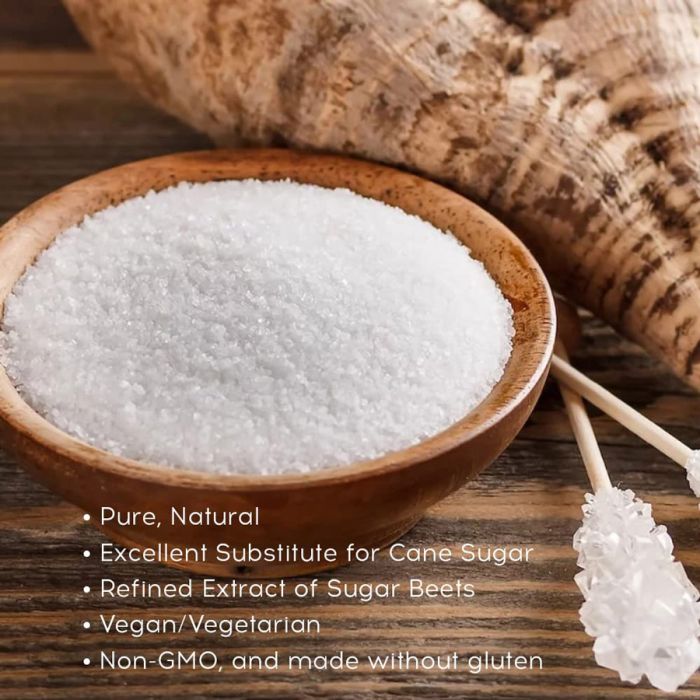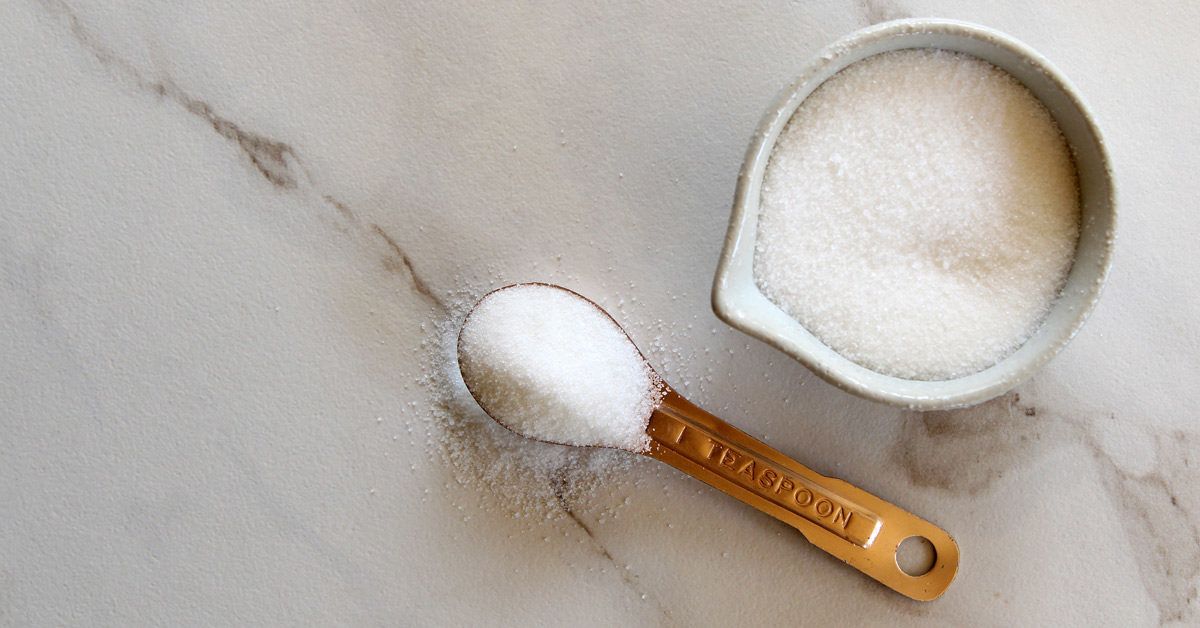Learning about beet sugar vs cane sugar can help shoppers decide which matches their preferences better.
Learning about beet sugar vs cane sugar can help shoppers decide which matches their preferences better.
Blog Article
Discovering the Distinctions in Uses and Benefits Between Beet Sugar Vs Cane Sugar
In the culinary globe, the choice in between beet sugar and cane sugar is not just about sweet taste but entails a nuanced factor to consider of taste, application, and impact. While both sugars stem from various plants, each undertakes special production procedures that discreetly affect their features and viability for different dishes.
Beginnings and Production Procedures of Beet and Cane Sugar

Cane sugar, on the other hand, originates from the sugarcane plant, an exotic turf belonging to Southeast Asia today grown in tropical areas worldwide. The manufacturing of cane sugar starts with the harvesting of cane stalks, which are squashed to launch the juice. This juice is after that boiled to focus it, after which it is rotated in centrifuges to create raw sugar crystals. These crystals are more fine-tuned to produce the white sugar commonly readily available in shops.

Nutritional Material and Wellness Considerations

When contrasting the nutritional web content of beet sugar and cane sugar, it ends up being obvious that both kinds basically give the same caloric values, with about 16 calories per teaspoon and no substantial nutrient diversity. Both sugars, when consumed in excess, can contribute to elevated blood glucose degrees, a risk factor for diabetic issues and various other metabolic problems. From a health and wellness point of view, regulating consumption of any type of kind of sugar, whether from beet or cane, is advisable to prevent these prospective negative results on well-being.
Flavor Profiles and Culinary Applications
Regardless of their similar chemical frameworks, beet sugar and cane sugar differ subtly in flavor, which can influence their use in numerous cooking contexts. Walking cane sugar often brings a hint of molasses, also in its polished kind, lending a warm, caramel-like undertone that enhances baked goods, coffee, and chocolate-based dishes. This mild molasses flavor is especially valued in the baking sector for including deepness to desserts and pastries. On the other hand, beet sugar is defined by its extremely improved, neutral taste, making it a flexible sweetener that does not alter the flavor accounts of recipes. This nonpartisanship is especially beneficial in fragile recipes, such as light pastries, lotions, and some sauces, where the fundamental tastes of other components are intended to attract attention. Chefs and food producers could choose one type of sugar over the other based on the wanted taste outcome of their culinary developments.
Environmental Effect and Sustainability
While both beet and cane sugars are acquired from plants, their ecological influences vary significantly due to the distinct methods of cultivation and processing needed for every. Sugar beet growing commonly entails considerable automation, which can raise nonrenewable fuel source usage and carbon discharges. Beetroots can be expanded in cooler environments and need less irrigation, possibly minimizing water usage compared to sugarcane. Sugarcane, on the various other hand, is commonly grown in exotic regions where it counts greatly on irrigation and a much longer growing duration, boosting its water impact.
In addition, the handling of sugarcane usually creates a significant quantity of waste, including bagasse, which, although usable as biofuel, often adds to air contamination if shed inefficiently. Sugar beet handling uses more of the raw products, leading to less waste. Both sectors face obstacles in decreasing their ecological footprints, yet continuous innovations in farming techniques and waste administration are aiming to boost sustainability.
Economic Aspects Influencing the Sugar Market
The financial characteristics of the sugar sector are significantly affected by international market needs and profession plans. In have a peek at this website areas where sugarcane or sugar beet manufacturing is subsidized, producers may have a financial benefit that enables them to offer reduced rates on the international market.
In addition, variations in worldwide demand for sugar, influenced by dietary fads and commercial usage in food, directly influence costs and manufacturing levels. beet sugar vs cane sugar. Climate condition also play a crucial duty, as they can substantially impact crop returns and, as a result, the supply chain. This variability introduces a degree of financial uncertainty that can lead to financial investment volatility in sugar manufacturing industries, influencing choices from planting to market strategy
Verdict
To about his conclude, both beet and cane sugar have unique qualities that match different cooking requirements. While cane sugar imparts an abundant flavor ideal for boosting baked goods, beet sugar's nonpartisanship is best for lighter dishes. Nutritional resemblances notwithstanding, their distinctive production procedures and environmental impacts include complexity to the option between them. Therefore, understanding these distinctions helps cooks and consumers make informed decisions that line up with their health, cooking, Find Out More and ethical choices.
Report this page